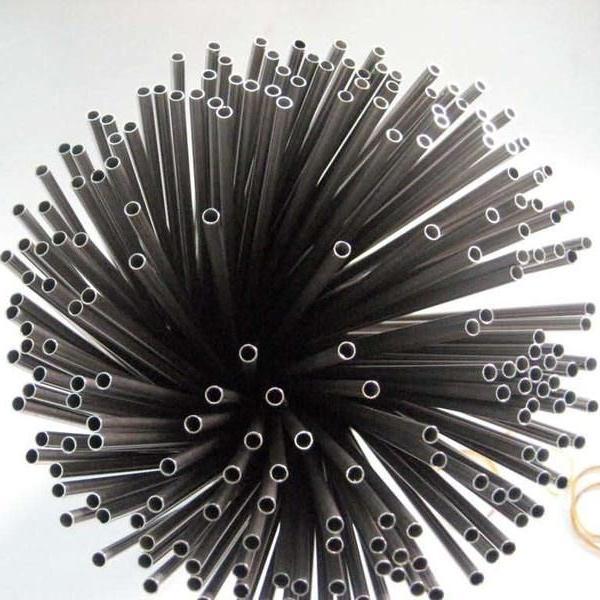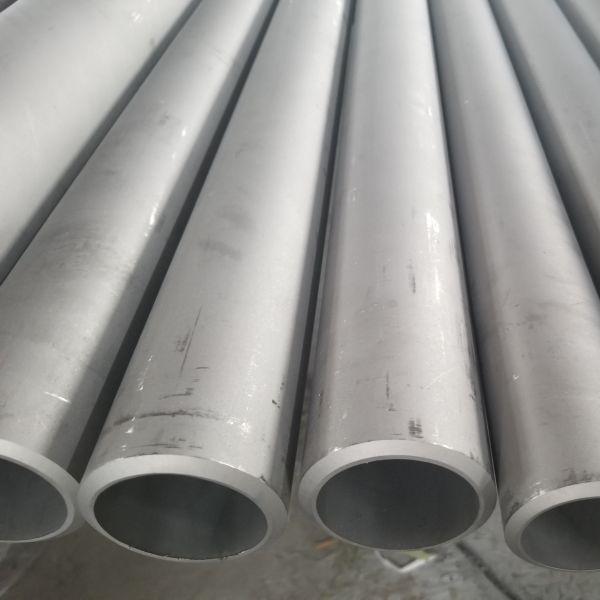-

Stainless Steel Sanitary Pipe/Tube
In a certain temperature range, the corrosion inhibition effect of 316L stainless steel pipe is stable. For sub-stainless steel alloys, the lower the surface roughness, the smoother the surface, and the lower the probability of local corrosion of each part. Therefore, stainless steel should be finished with a finished surface as much as possible. In addition, the cleanliness of the stainless steel surface is also very important, and the cleaning after passivation should be carried out carefully, because the residual acid promotes the cathodic reaction and ruptures the film layer, thereby activating the stainless steel and drastically reducing the corrosion resistance.
-

Stainless Steel Industrial Tube/Pipe
1)Outer Diameter: +/-0.05mm.
2)Thickness: +/-0.05mm.
3)Length: +/-10mm.
4)Ensure product concentricity.
5)Soft tube: 180~210HV.
6)Neutral tube: 220~300HV.
7)Hard tube: more than 330HV.
